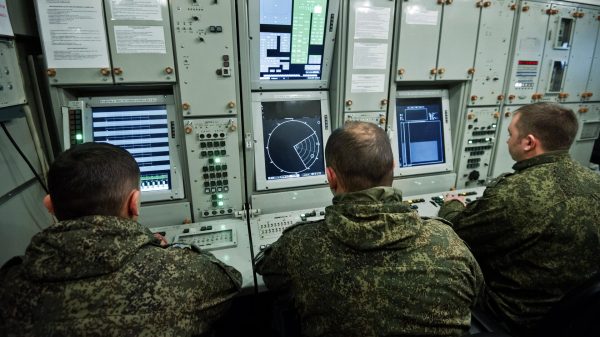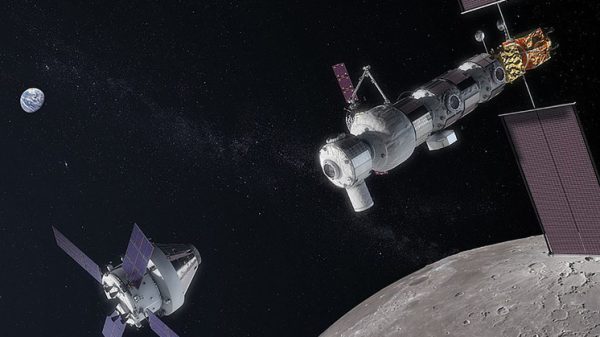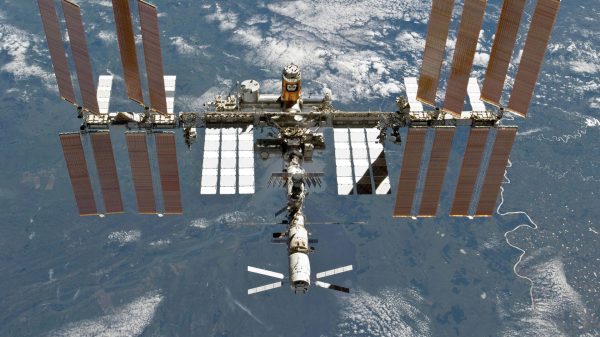“Atomic clocks will tick at a different speed than clocks on Earth.”
The US space agency is tasked with establishing a coordinated lunar time, in part to help missions that require extreme precision. The White House wants NASA to figure out how to tell time on the Moon.

A memo sent Tuesday by the head of the US Office of Science and Technology Policy (OSTP) calls for space agency NASA to work with other US agencies and international organizations to create a lunar-centric timing system. NASA has until the end of 2026 to establish the so-called lunar coordinated time (LTC), writes The Guardian.
This is not exactly a time zone, like on Earth, but a whole system of counting time on the Moon. Since there is less gravity on the Moon, time flows a little faster there – 58.7 microseconds per day – compared to Earth. Among other things, coordinated lunar time would provide a time reference for lunar spacecraft and satellites that require extreme precision in their missions.
“Atomic clocks on the Moon will tick at a different rate than clocks on Earth,” said Kevin Coggins, NASA's chief communications and navigation scientist. “It makes sense that when you go to another body, like the Moon or Mars, they each start to have their own heartbeat.
NASA plans to send astronauts to the surface of the Moon starting in September 2026, as part of its Artemis program, which will also eventually create a scientific lunar base that could help pave the way for future missions to Mars. Dozens of companies, spacecraft and countries are involved in this work, writes The Guardian.
An OSTP official told Reuters that without a uniform lunar time standard, it would be difficult to ensure secure data transfers between spacecraft and synchronized communications between Earth, lunar satellites, bases and astronauts.
Time discrepancies could also occur, the official said. lead to errors in mapping and positioning on the Moon or in orbit around it.
«Imagine if the world didn't synchronize its clocks with the same time, how disruptive that could be and how complex everyday affairs would become,» said an official at the US Office of Science and Technology Policy.
Clocks and time zones on Earth operate according to Coordinated Universal Time (UTC), which is internationally recognized. It is based on an extensive global network of atomic clocks located in different locations around the world. They measure changes in the state of atoms and calculate an average, which ultimately determines the exact time.
Developing LTC may require placing an atomic clock on the moon, The Guardian notes.
The memo states that determining how to implement LTC will require international agreements with “existing standards bodies” and with 36 countries that have signed a pact called the Artemis Accords regarding how countries operate in space and on the Moon. China and Russia, the United States' two main rivals in space, have not signed the Artemis Accord, The Guardian notes.
UTC could impact LTC adoption, the official said. The United Nations International Telecommunication Union defines UTC as the international standard.
The International Space Station in low Earth orbit will continue to use Coordinated Universal Time. But NASA has to figure out where exactly the new cosmic time begins. Even Earth time speeds up and slows down, requiring jumping seconds.
Unlike Earth, there will be no daylight saving time on the Moon, according to Kevin Coggins.
























































Свежие комментарии